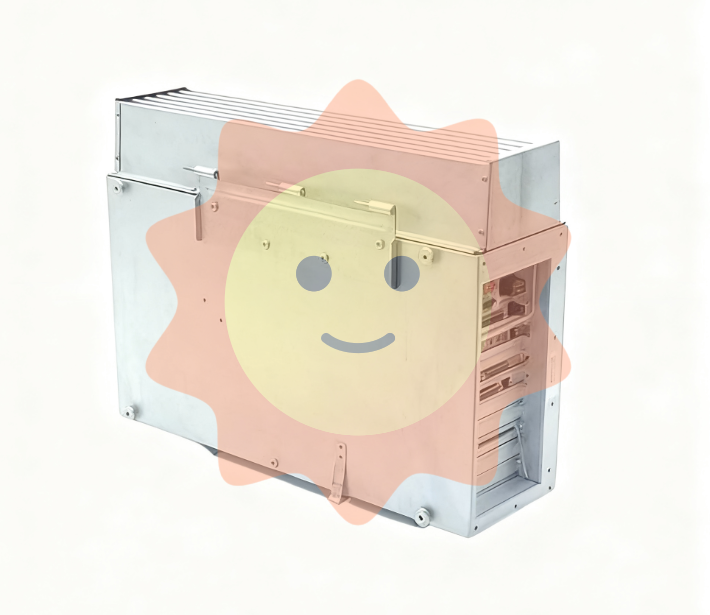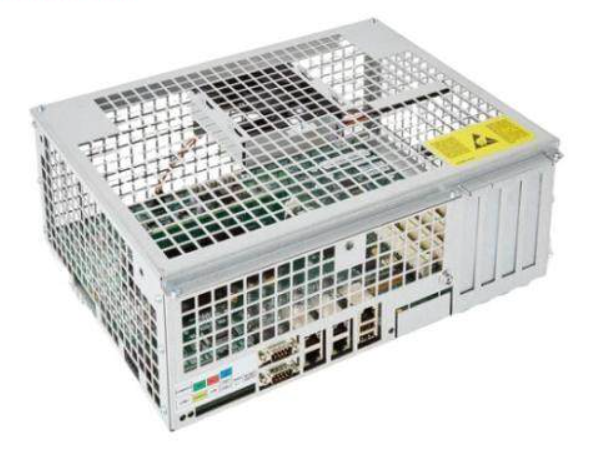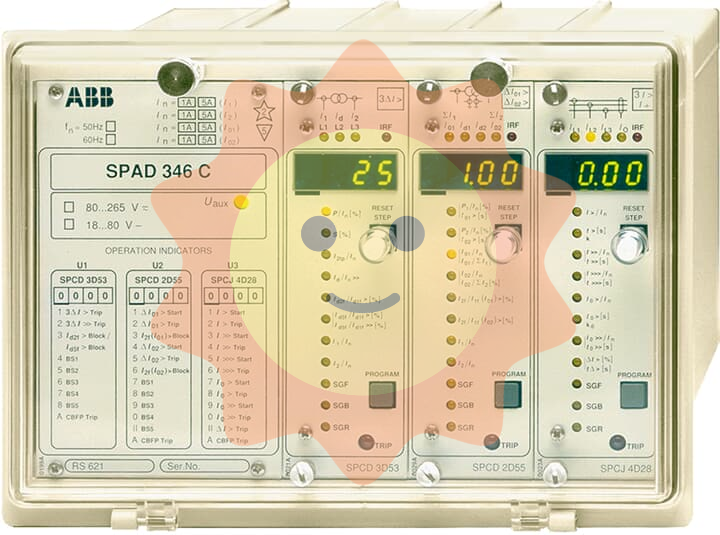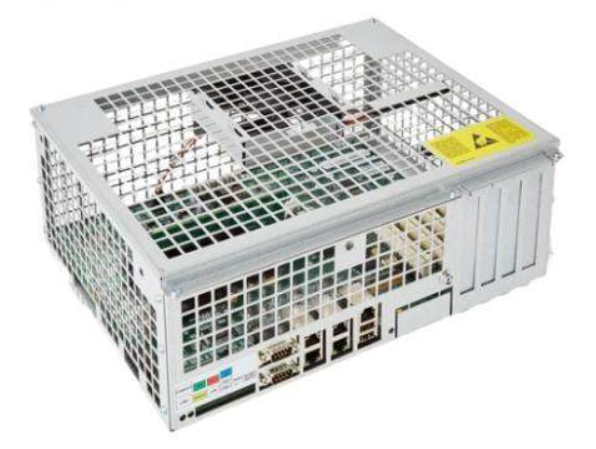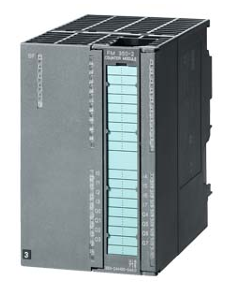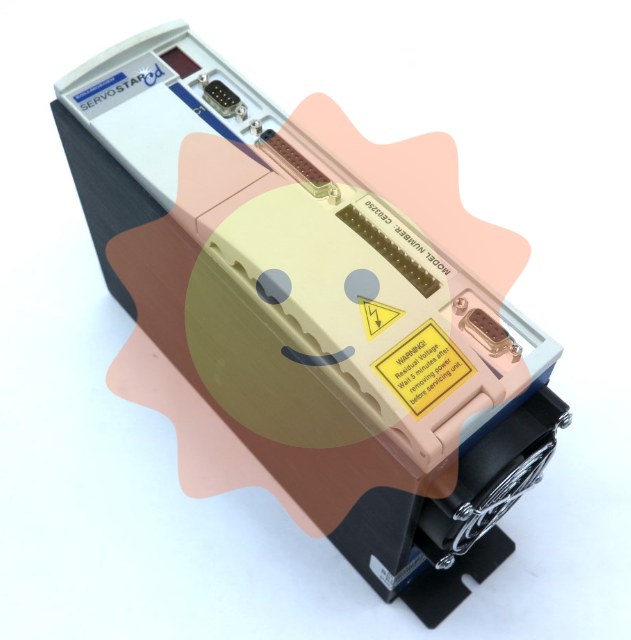Current situation and problems of nuclear power development in our country
2. Nuclear waste cannot be decontaminated
At present, the nuclear reaction objects that humans can control are only uranium-235 and plutonium-239, and other radioactive elements such as tritium cannot be deconstructed, and can only be allowed to decay and enter the environment. [16] As a result, high-energy nuclear waste really has nowhere to go, which is why 400 tons of contaminated water were discharged directly into the sea at the Fukushima plant. According to the research of scholar Wu Hui, it is impossible to throw high-energy nuclear waste into the sea, send it to space, or bury it deep on land. Throwing it into the sea has been prohibited by international law, and shipping it to space is safer, but the cost of launching hundreds of thousands of tons of nuclear waste (not including plants, equipment, emissions, etc.) is unbearable, and there is also the possibility of launch accidents. Deep burials on land are also not feasible. [17] The Yucca Mountain nuclear waste site in Nevada, USA, was abandoned after 30 years of planning. The reason is that the nuclear waste is constantly hot, and if it cannot be cooled continuously, it will spontaneously combust, causing a hydrogen explosion, or an explosion when it encounters water. [18] Now the so-called fourth generation of nuclear technology, the "fast reactor" (" fast reactor "for short), claims to be able to solve the problem of nuclear waste. The truth is to use a small part of the nuclear waste, not to eat the whole nuclear waste. Wu Hui believes that even if modern technology can extract the plutonium from it, the remaining residue still needs to be disposed of, and as long as there is a residue, it can also poison all mankind.
3. Nuclear power is a by-product if the cost of subsequent processing is included
First, a nuclear reactor cannot be completely dismantled, but can only be "permanently shut down", [19] because of the intense radiation in its core, which can kill people instantly. So far, the only way the Americans have thought of doing this is to build a crypt to stop the spread of nuclear waste. The service life of concrete is only 100 years, after 100 years in the sun and rain will crack, and even become powder. If you still can't think of a way, you can only continue to build a new tomb, 200,000 years is 2000 layers. [20] This charge is obviously not included in the cost of electricity. Secondly, the disposal of low and medium-level waste (plants, equipment, emissions, etc., contaminated with radioactive materials) is also a huge problem, such as the safety of nuclear waste storage "impact on Finland's ecosystem for thousands of years to come" has been widely discussed and concerned. [21] As a result, the decommissioned Yankee Nuclear Power Plant in Maine has been kept in open storage. The United States cannot solve the problem of decommissioning nuclear power plants, and Germany, France, Japan and China are no exception. According to data provided by Academician He Zuoxiu, a nuclear power plant with a power of 1 million kilowatts needs to build a reprocessing plant cost of 600 million euros, equivalent to building several nuclear power plants. As for nuclear safety measures such as "nuclear transmutation" and "geological repository", we do not know how much it will cost due to the lack of mature technology. [22] If these costs are factored in, nuclear power is undoubtedly a by-product.
4. China's available uranium resources are limited
According to the data provided by the "Nuclear Energy Volume" of the "Research on the Medium and Long-term (2030, 2050) Development Strategy of China's Energy", the world "retains recoverable natural uranium reserves of 5.5 million tons." Among them, the proven reserves of natural uranium ore in China are only 170,000 tons, and the large and easy to exploit natural uranium ore production resources are few, [23] belonging to the depleted uranium country. At present, the world's annual nuclear power needs to consume 81,633 tons of uranium fuel, according to the current production capacity, the Earth's uranium ore can be used up to 70? In 1980, "Because uranium fuel, like fossil fuel, is a non-renewable energy source, it will also be exhausted one day." [24] According to He Zuoxiu's calculations, if China is to achieve the stated goal of "more than 400 million kilowatts of nuclear power by 2050", it will face a shortage of at least "up to 4 million tons of recoverable natural uranium reserves", which already accounts for 72% of the world's total uranium reserves. Dr. Yan Qiang, Global Mineral Resources Strategy Research Center of the Chinese Academy of Geological Sciences, analyzed that because the demand for uranium ore will greatly exceed the amount of existing resources in China, in the face of sharply rising demand, a serious shortage of uranium supply will soon appear. [25] If a large number of nuclear power plants are blindly launched regardless of reality and objective conditions, once the construction is insufficient, there will be abandoned nuclear power plants everywhere, which means permanent loss of land.
- EMERSON
- Honeywell
- CTI
- Rolls-Royce
- General Electric
- Woodward
- Yaskawa
- xYCOM
- Motorola
- Siemens
- Rockwell
- ABB
- B&R
- HIMA
- Construction site
- electricity
- Automobile market
- PLC
- DCS
- Motor drivers
- VSD
- Implications
- cement
- CO2
- CEM
- methane
- Artificial intelligence
- Titanic
- Solar energy
- Hydrogen fuel cell
- Hydrogen and fuel cells
- Hydrogen and oxygen fuel cells
- tyre
- Chemical fiber
- dynamo
- corpuscle
- Pulp and paper
- printing
- fossil
- FANUC
- Food and beverage
- Life science
- Sewage treatment
- Personal care
- electricity
- boats
- infrastructure
- Automobile industry
- metallurgy
- Nuclear power generation
- Geothermal power generation
- Water and wastewater
- Infrastructure construction
- Mine hazard
- steel
- papermaking
- Natural gas industry
- Infrastructure construction
- Power and energy
- Rubber and plastic
- Renewable energy
- pharmacy
- mining
- Plastic industry
- Schneider
- Kongsberg
- NI
- Wind energy
- International petroleum
- International new energy network
- gas
- WATLOW
- ProSoft
- SEW
- wind
- ADVANCED
- Reliance
- YOKOGAWA
- TRICONEX
- FOXBORO
- METSO
- MAN
- Advantest
- ADVANCED
- ALSTOM
- Control Wave
- AB
- AMAT
- STUDER
- KONGSBERG
- MOTOROLA
- DANAHER MOTION
- Bently
- Galil
- EATON
- MOLEX
- Triconex
- DEIF
- B&W
- ZYGO
- Aerotech
- DANFOSS
- KOLLMORGEN
- Beijer
- Endress+Hauser
- MOOG
- KB
- Moxa
- Rexroth


Email:wang@kongjiangauto.com



